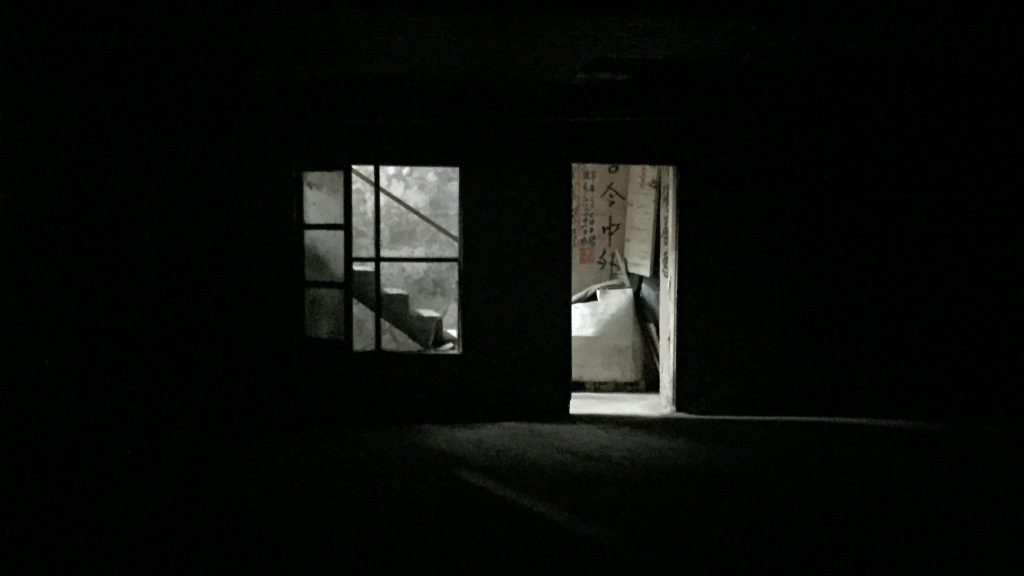
The Town Underneath the City: La Chinesca
In the historic core of Mexicali, and predominantly in the Chinese neighborhood of La Chinesca, there is a vast network of interconnected basements whose form and spatial characteristics have not been well documented.
By: Jessica Sevilla
It was only a couple of years ago that the general public had access for the first time to some of these underground spaces, which until then remained an urban legend. They date back to the first decades of the 20th century when the majority of Mexicali’s population was of Chinese descent— a statistic that remained true until the end of the 1920’s. The city’s founding occurred at the beginning of the century with the arrival of US companies that developed irrigation infrastructure for California’s Imperial Valley. Most of these companies’ workers were immigrants, of which Chinese represented the majority.
This community started settling on a different layer of the city, excavating and building underground facilities to host their daily activities. The town below Mexicali included teahouses, schools, households, theaters, casinos, and multiple businesses directed almost entirely towards the Chinese population, segregating them from the “upper” city. Most of these spaces are no longer occupied, but can be accessed from buildings on ground level. A portion of them still belongs to Chinese business owners, and people are able to visit them through privately organized tours. The aim of this research is to survey and demarcate the network of basements, facilitating the analysis of its scale in relation to the city at street level.
Mexicali’s Chinesca is a case study that overlays the subjects of migration, segregation, and trans-nationality within an intricate urban structure given its physical layers. The clarification of its form and scale could reveal thought-provoking possibilities for the future of Mexicali’s derelict historic city center. And on the long run, elucidate how pasts of physical separation can become opportunities for integrating cities.




